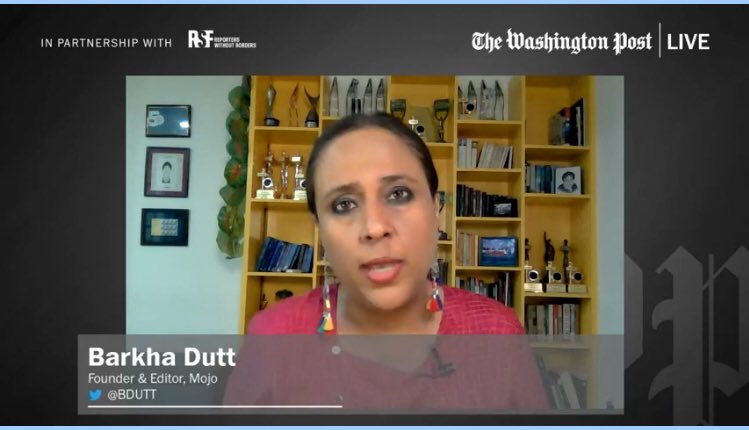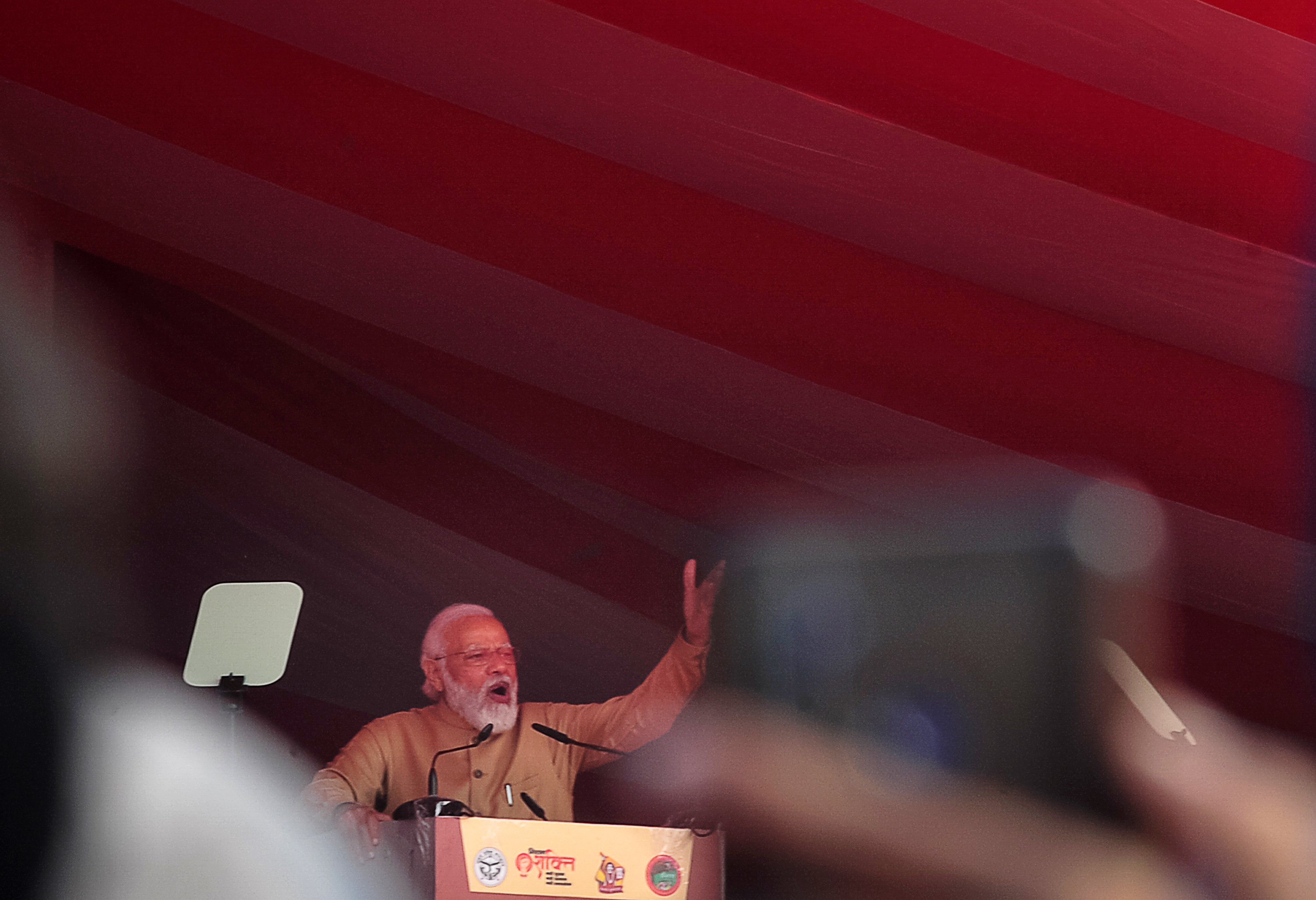

How likely is that? And what needs to happen in order to make sure that there are sufficient vaccines?īARKHA DUTT: So, just to give the audience some context, India otherwise manufactures 60% of the world’s vaccine. NERMEEN SHAIKH: And, Barkha, the Modi administration has pledged to have every adult vaccinated by the end of the year. So there are serpentine lines of people waiting to get a vaccine, and our problem is there are not enough vaccines to go around. Otherwise, our vaccination program has been quite a smooth rollout. And the crisis in my country is that we do not have enough vaccines. It’s a very First World white privilege, because large parts of the world do not have access to vaccines. from, let’s say, Delhi, it is astounding that people who have access to vaccines are choosing not to get jabbed. That said, you know, when we watch what’s happening in the U.S. The truth is also that while I’m enraged, as I mentioned in the Post piece, at what’s happening in the United States, I was also somewhat enraged with my own government for not having anticipated the ferocity of the second wave and not having moved quickly enough to order, procure and manufacture more vaccines. Now, like, I think, many daughters in India today, I am haunted by the “what if.” You know, what if I had managed to get him a vaccine in time? The truth is that he got a vaccine just as soon as he could. Yes, my father had one jab and was scheduled to have the second vaccine, in fact, in the week that he tested positive and eventually had to be hospitalized. Can you talk about what happened to your father - in fact, he had gotten one jab, or shot - is that right? - of the two shots - and how you feel about the level of resistance and hesitancy around vaccines in the United States, how you connect the two? Her latest piece for the Post is headlined “As an Indian, I am enraged by America’s refusal to set vaccine mandates.” Her father died of COVID in April.įirst of all, Barkha, our condolences on the death of your father. She’s an opinion columnist with the Hindustan Times and The Washington Post.

She is an award-winning Indian television journalist and author, and author of This Unquiet Land: Stories from India’s Fault Lines. We go now to New Delhi, where we’re joined by Barkha Dutt. India suffered a devastating wave of infections in April and May. We begin in India, where the official COVID death toll is reported to be around 429,000, but many researchers believe it is at least five times higher. Over the past four weeks, the three countries have accounted for over a quarter of all COVID cases recorded in the world. At the current trajectory, we could pass 300 million reported cases early next year.ĪMY GOODMAN: Today we spend the rest of the hour looking at the pandemic in three of the hardest-hit countries: the United States, Indonesia and India. As I said recently, whether we reach 300 million and how fast we get there depends on all of us. And we know that the real number of cases is much higher.

Last week, the 200 millionth case of COVID-19 was reported to WHO, just six months after the world passed the 100 million reported cases. TEDROS ADHANOM GHEBREYESUS: Cases and deaths continue to rise. WHO Director General Tedros Adhanom Ghebreyesus spoke Wednesday. AMY GOODMAN: The World Health Organization is warning over 100 million more people will be infected with COVID-19 by early next year as the Delta variant continues to rapidly spread.


 0 kommentar(er)
0 kommentar(er)
